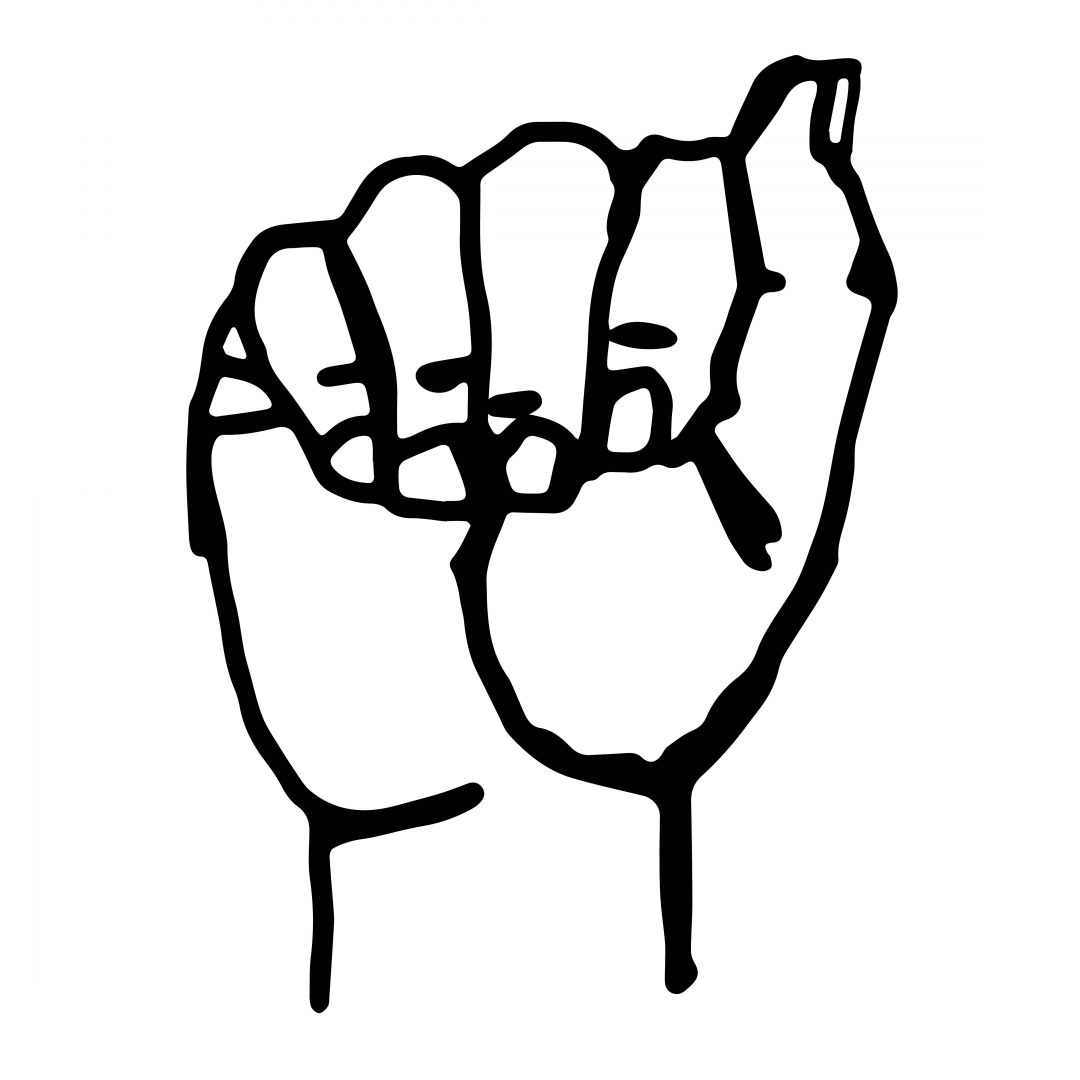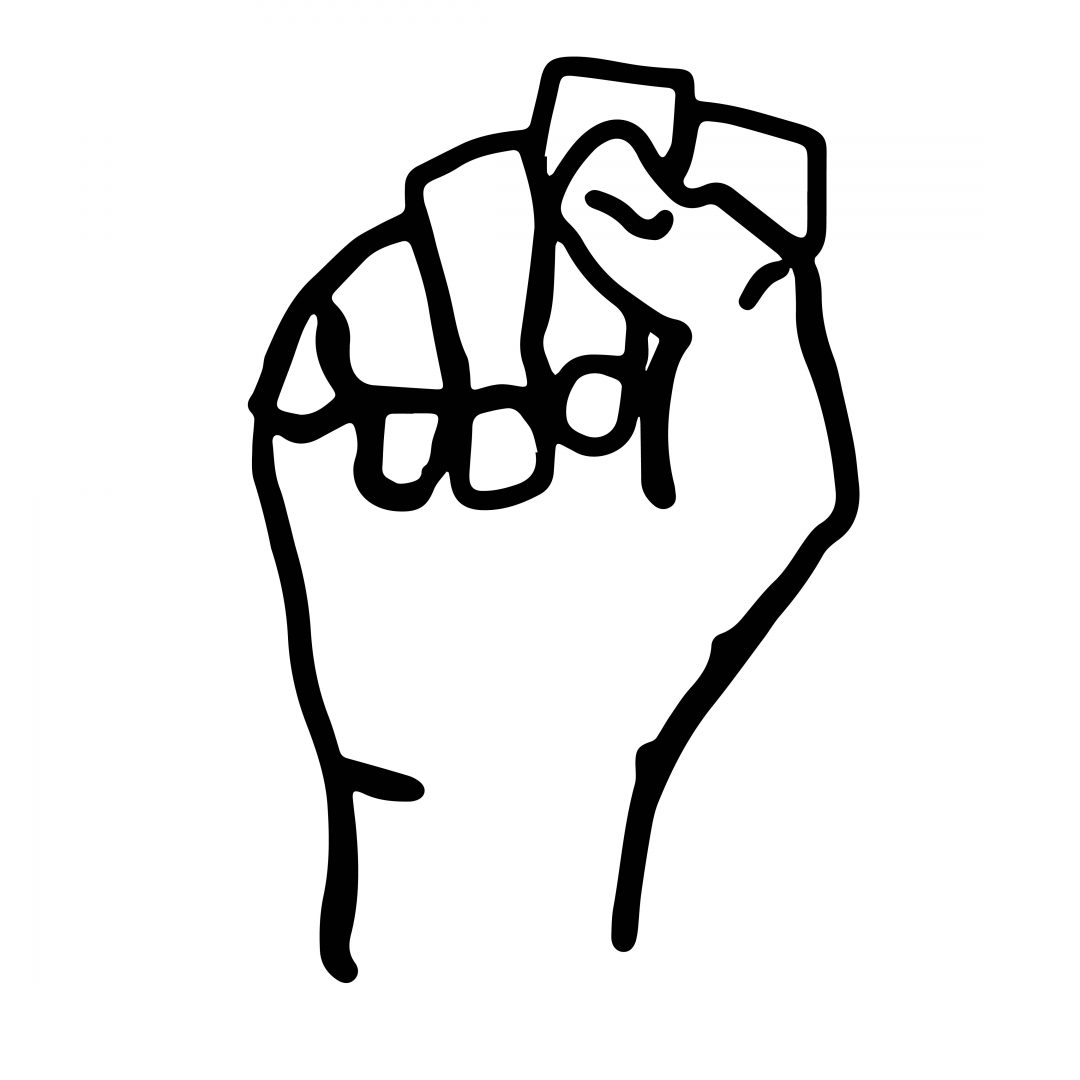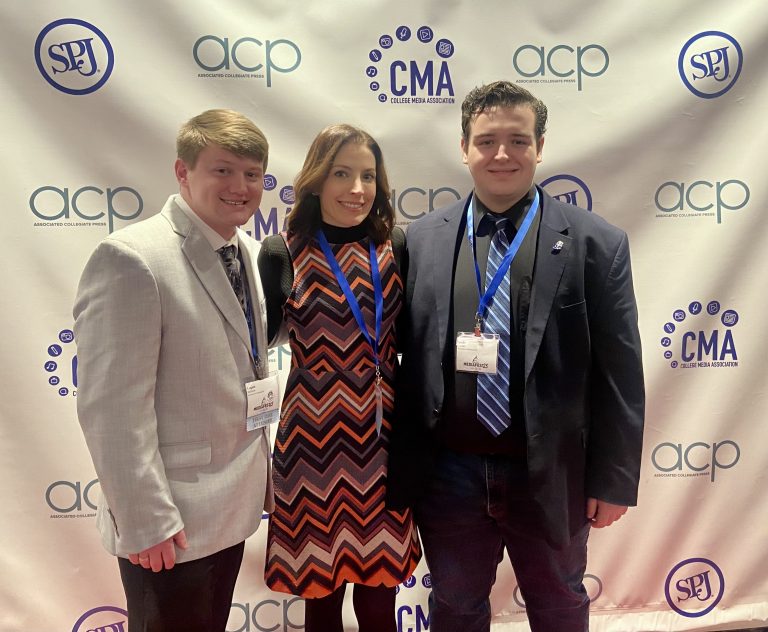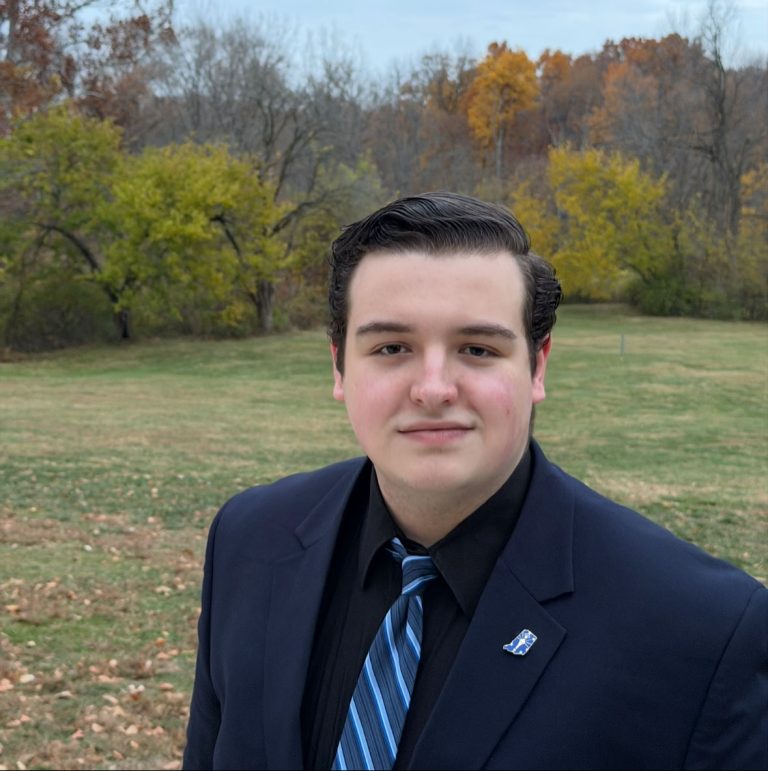When I was a server, I once had a party of 15 people who could only communicate in American Sign Language. All 15 of them were Deaf or partially so. Only one spoke, but his speech was hard for me to understand. I had no idea how to communicate with them. I feel I should have the opportunity to gain this knowledge at my university.
The University of Indianapolis is well-rounded and diverse, which I love, but I feel as a community we’re missing out and would certainly benefit if ASL courses were offered. Even having a semester or two of ASL would be beneficial.
Indiana considers ASL a standard, independent language, so it could easily be incorporated into the university’s general education offerings. According to the Journal of Deaf Studies and Deaf Education, estimates from the federal government’s Survey of Income and Program Participation indicates that “fewer than one in 20 Americans are currently deaf or hard of hearing,” meaning that “nearly 10,000,000 persons are hard of hearing and close to 1,000,000 are functionally deaf.”
I think everyone should have at least a basic understanding of ASL, and we should have the opportunity to learn.

A 
S 
L
If I had had the option to take an ASL course at UIndy, I can think of at least a dozen times when it would have been beneficial. I can’t imagine how incredibly frustrating it must be to be unable to communicate something as simple as what you want to drink. With my party of 15, I had to have them write down their orders on napkins, which sounds way easier than it was. I had to keep going back to their table while putting in their order to ask them follow up questions such as add ons or choice of sauce. While I didn’t mind taking the extra time to do these things for them, I know things would have gone so much better if I had known at least a little ASL.
Another server and I did learn later how to sign “Happy Birthday” in ASL for our tables whenever one of our deaf customers wrote down that it was his birthday. When we performed it for the table, their faces lit up every time, and they thanked us for going the extra mile for them. I don’t think that should have been an extra mile for us. It should have been something that we already knew. I certainly can sing “Happy Birthday” in Spanish, so I should know how in ASL, too.
Despite the obvious advantages of knowing a second language, learning ASL provides insight into deaf culture and allows us more opportunities to communicate with those who are Deaf or have hearing loss. ASL is said to be the third most common language in the United States, according to startASL.com.
According to its website, The Indianapolis School for the Deaf offers ten-week ASL courses for $155. While this may seem like an easy alternative, learning ASL as an extracurricular activity in addition to college courses isn’t plausible for most people.
While I would love to take these external classes, doing that in addition to working two jobs and taking 16 credit hours, for me, and many students like me, that would not be feasible.
Having ASL courses on campus could provide not only opportunities for new events and experiences by incorporating Deaf culture more, but could offer another progressive and inclusive course for students to take. I hope to see this implemented, if not for me, then for future generations of students.






